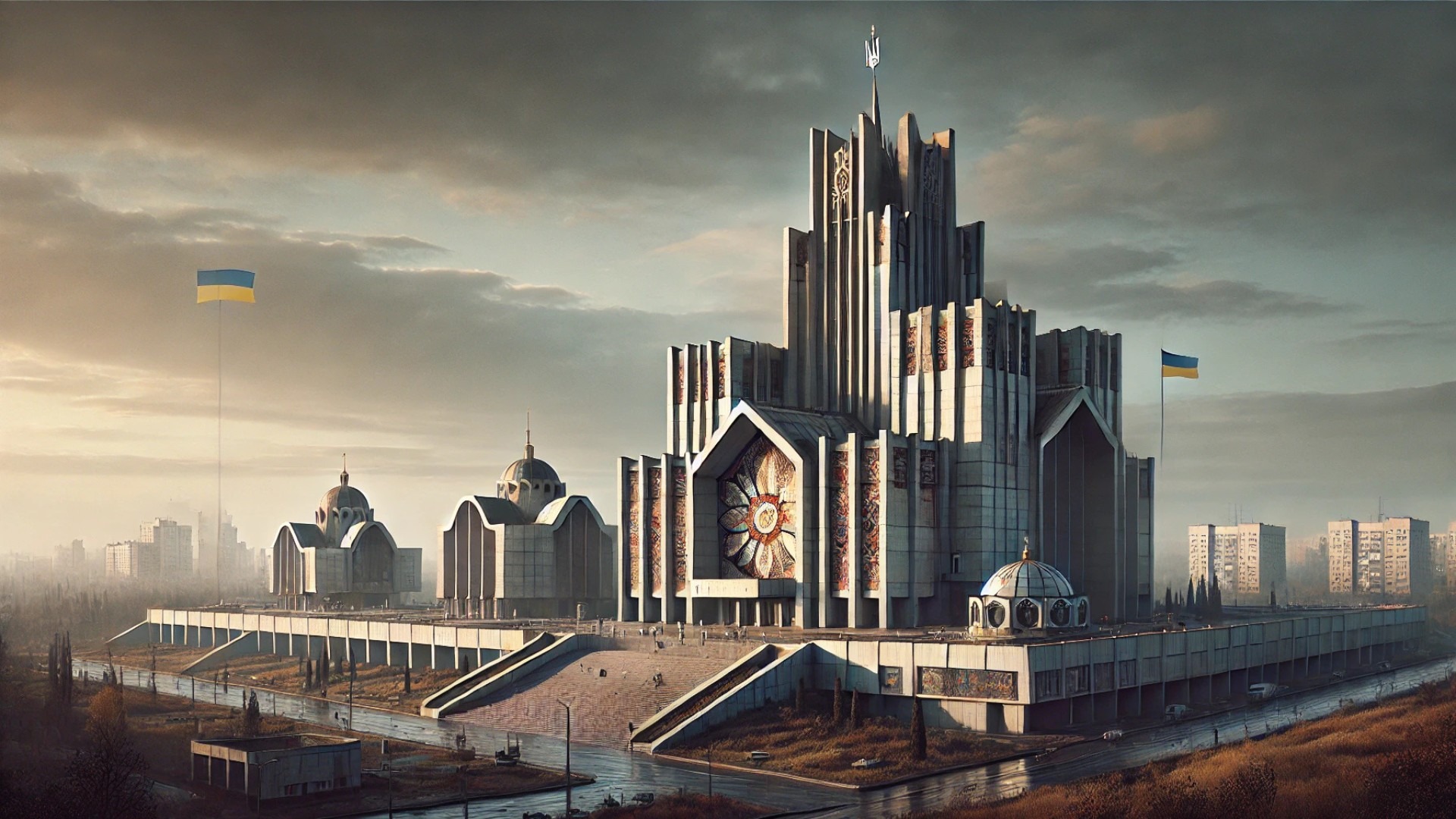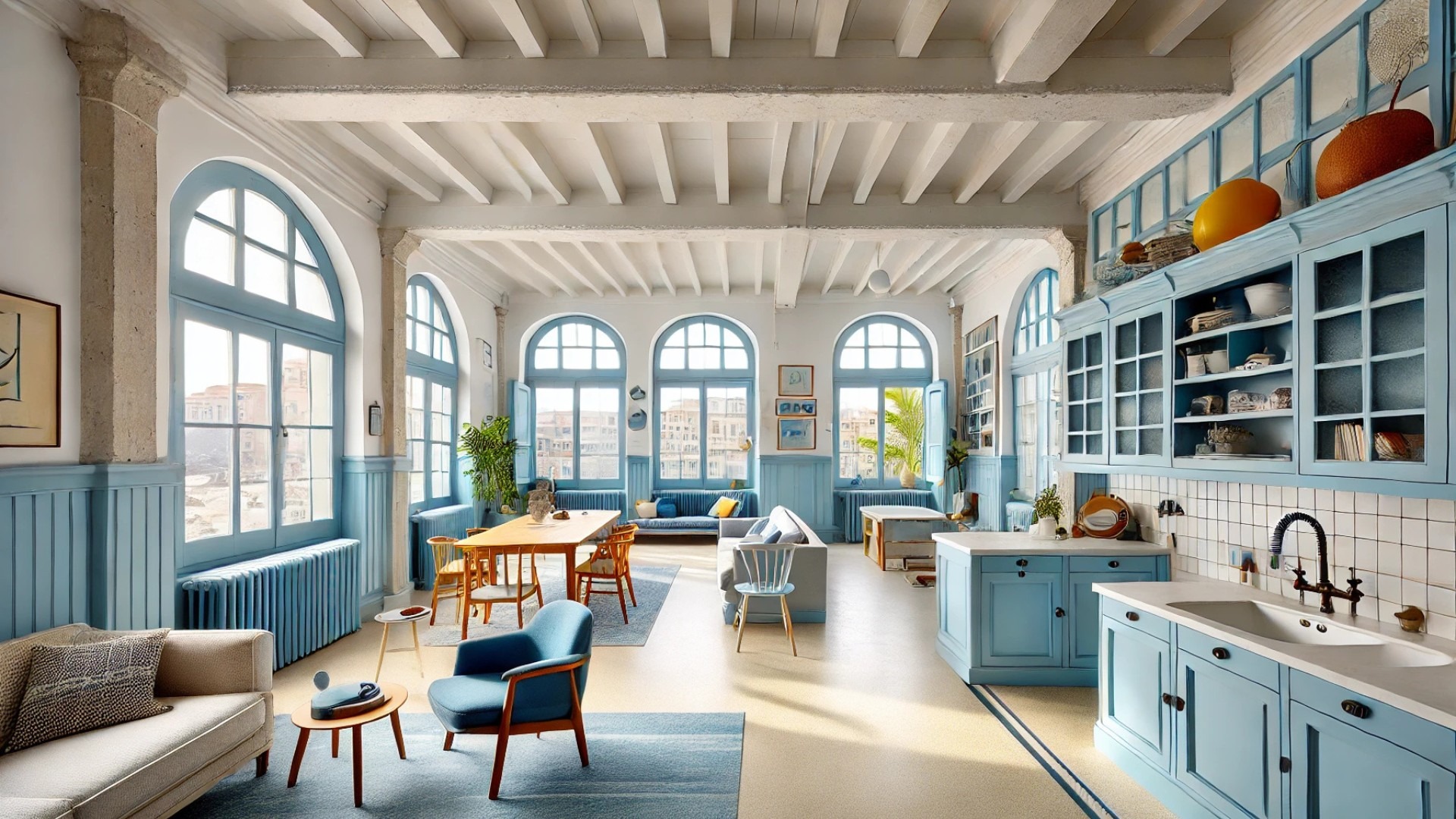
Discovering Ukrainian Modernism: A Visual Journey Through Soviet-Era Architecture
The architectural landscape of Ukraine tells a tale rich in narrative, one that captures the complexities of a nation navigating history through its structures. Dmytro Soloviov's latest publication, Ukrainian Modernism, serves as a beautifully crafted homage to Soviet-era modernist architecture. This 240-page volume reveals more than 120 architectural treasures, offering an unprecedented visual survey of buildings that have shaped Ukraine's identity.
Highlighting Distinct Architectural Features and Cultural Significance
From monumental mosaics to striking stained glass, Soloviov's lens captures the essence of spaces that are steeped in utilitarian purpose while exuding artistic flair. Iconic structures like the Kyiv Crematorium and the Salut Hotel stand alongside lesser-known gems like the Novoarkhanhelsk Police Station. Each building showcases the state-led experimentation of its time, blending function with visionary design. This exploration helps contextualize these artistic achievements, moving beyond simple documentation to a rich appreciation of their cultural significance.
Preservation in Jeopardy: A Risky Future for Historical Structures
Despite their bold designs and cultural importance, many of these buildings face an uncertain future. Post-Soviet stigma, inconsistent heritage protections, and commercial pressures threaten to erase these architectural legacies forever. The ongoing conflict in Ukraine has only intensified the urgency of preservation, as the deterioration of these once-celebrated structures accelerates. With buildings often left unlisted and unprotected, Soloviov’s work holds particular relevance in advocating for their safeguarding.
A Comprehensive Look at Ukraine's Architectural Identity
The publication also features an insightful essay by architectural critic Owen Hatherley, which situates this modernist architecture within its historical context. Hatherley articulates how local materials and spatial practices inform the designs, emphasizing the uniqueness of Ukrainian interpretation of Soviet modernism. This critical framing not only enhances the visual documentation but also provides readers with a deeper understanding of the socio-political landscape that shaped these architectural expressions.
Emphasizing an Observational Approach
Soloviov's perspective is refreshingly straightforward. He avoids romanticizing the subjects, instead opting for a clear visual language that aligns with their functionalist ethos. This observational approach allows readers to connect with the architecture on a more genuine level, ensuring that the art of these structures is appreciated for both its aesthetic and practical qualities. By focusing on what remains in his homeland, Soloviov invites us to bear witness to a critical moment in architectural history.
Join the Conversation on Architectural Heritage
Ukrainian Modernism isn't just a book; it's a call to action for anyone passionate about preserving architectural heritage. Readers, especially those in historic and upscale neighborhoods, understand the profound connection between community identity and the structures within it. This publication offers a chance to champion the value and storytelling potential of architectural masterpieces. Explore this compelling narrative and contribute to the preservation efforts that sustain our cultural legacies.
 Add Row
Add Row  Add
Add 

 Add Row
Add Row  Add Element
Add Element 




Write A Comment